In the middle of World War II – with Australia fearing imminent Japanese invasion – a Jap Zero fighter plane swooped low through the clear winter sky above Brisbane.
We could tell it was the legendary Jap fighter because it bore a large round red sun painted on the fuselage.
You couldn’t miss it!
Phones were soon “ringing off the hook” as panicked citizens tried to warn the police and military that the enemy’s most feared fighter – known as “the terror of the War” – had arrived.
Brisbane was now going to cop a caning without any warning … just as Darwin had suffered in 49 separate air raids throughout the previous year.
American and Australian planes were soaring and weaving around this Jap Zero.
But it seemed there was nothing they could do as the enemy plane gracefully swooped and turned and climbed and dived: casting its raptor-like shadow across Brighton, Sandgate, Nudgee Beach, Shorncliffe, Banyo, Deagon, Nundah, Eagle Farm, Doomben and Cribb Island.
As the Zero loomed in the distance, fishermen on the Hornibrook Bridge couldn’t believe their eyes … and people at Woody Point looking south immediately rang the Redcliffe Police.
It was Tuesday July 26, 1943, and it seemed that the Japs now commanded our skies.
Many feared “The Brisbane Line” that everyone talked about – where Australia would withdraw and defend only south of Brisbane – was suddenly real.

What the 330,000 citizens of Brisbane didn’t know, and could not be told, was that this Zero was part of a top-secret Allied operation headquartered in a fenced-off isolated “Hangar 7” at the American air base at Eagle Farm air strip.
Inside Hangar 7 American engineers were trying to discover the Zero’s secret: why could it climb faster and turn quicker than any of our fighters?
General Douglas MacArthur – sitting in his Pacific Headquarters on the eighth floor of the sandstone AMP Building on the corner of Queen and Edward Streets in Brisbane – was furious: American fighter planes were being shot out of the sky in increasing numbers by the dreaded Jap Zero.
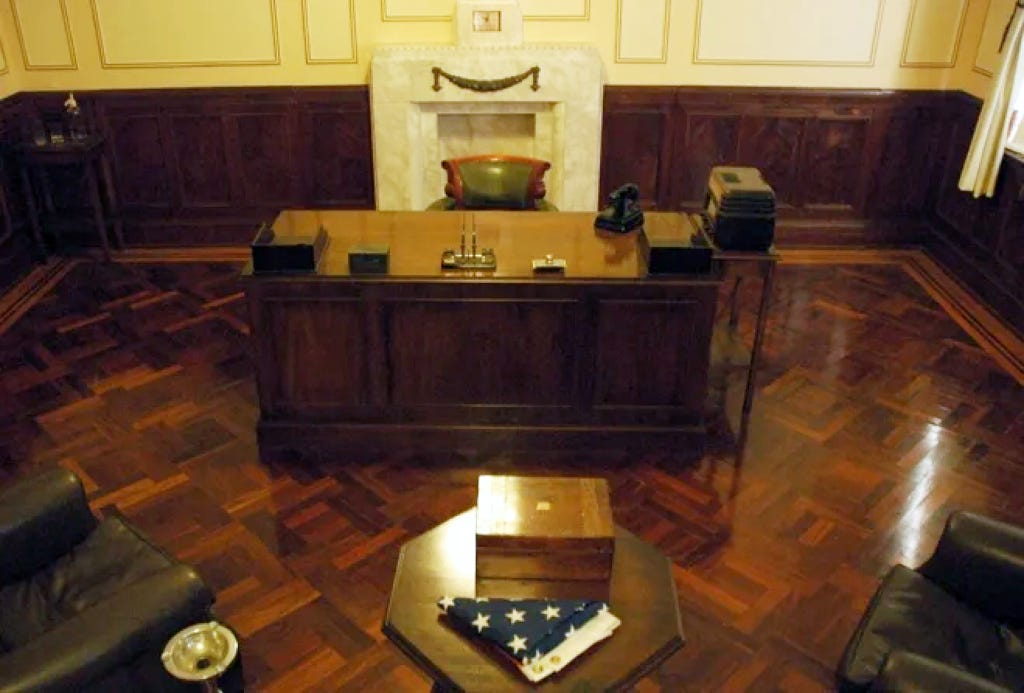
MacArthur demanded to know why the Zero was out-flying and out-shooting American fighters in dog-fights. Desperate to stem these losses, MacArthur promoted Major-General George Churchill Kenney as his new Air Force commander.
When General Kenney asked for authority “to send all the deadwood home”, MacArthur replied he loved the way Kenney was thinking.
Kenney had been forewarned by his predecessor that MacArthur didn’t understand air combat, which had never decided a war before.
In this vacuum, MacArthur’s chief of staff, Lieutenant-General Richard Kerens Sutherland – who held a private pilot’s licence – took it upon himself to become de facto co-ordinator of air combat.
Kenney – who had shot down German fighters on the Western Front in World War I – knew how to vanquish opponents.
He marched straight into the chief-of-staff’s office with a sheet of blank paper and marked a dot on it with his pen, saying to General Sutherland: “This dot represents what you know about air operations. The entire rest of the paper represents what I know!”
Kenney was now in complete control.
He told MacArthur the first thing they had to do was find out why the Zero was superior.
There had to be a reason.
That would involve finding out its capabilities, its weaknesses, and its strengths. How fast it could climb, how fast it could fly, what altitude it could reach, how quickly it could dive or turn.
Another objective was to teach our pilots to instantly recognise a Zero in the sky, before it was too late.
The only way to do that, Kenney told MacArthur, was to get hold of a fully-operational Japanese Zero fighter.
But how?
In early January 1943 Australian soldiers encountered what appeared to be “a new type of Jap aircraft” when they occupied Buna, near Lae, in northern New Guinea.
Excited, these Australian troops reported this back to MacArthur’s HQ saying the planes had “square wingtips”.
It turned out that they were a new model of the Zero.
General Kenney recruited 24-year-old Flight Lieutenant Clyde Gessel – a civil engineer like himself – and briefed him on a clandestine mission: get to the frontline in New Guinea immediately and salvage these shot-down Zeros … and ship them back to Brisbane.
Kenney’s idea: secretly build a cobbled-together Zero at Eagle Farm, which was now the biggest and busiest US air base in Australia.
To keep Gessel’s project concealed, a hangar was especially built at an odd angle, away from the many other hangars, “to deter prying eyes”.
It was Hangar No. 7.
Then General MacArthur gave the young Gessel a personally-signed letter directing “all armed forces in the south-west Pacific to supply Lieutenant Gessel with any labour, supplies, and equipment he needs”.
Gessel wrote later how it worked: “One smart Major in Brisbane sat with his feet up on his desk and refused my request. I showed him General Kenney's letter. He tossed it back at me with a smart remark like ‘Kenney doesn't run this supply outfit’.
“That got me riled up so I tossed my MacArthur letter on him and told him here was someone who was running the show.
“His feet coming off the desk was the fastest move he had made in a long time. I had all my equipment within 15 minutes.”
Even so, it wasn’t going to be easy: after all, there was a war on…
On arrival in Port Moresby Gessel was caught in a Jap air raid before travelling to Buna at the Jap end of the Kokoda Track where he slept the first night on the beach.
Gessel wrote in his diary: “The Zeros were all shot up rather badly and we had to select enough engine parts, frames, and instruments to re-build one and then somehow fly it.”

Some of the parts he desperately needed had already been stripped by Aussie and American souvenir hunters, and Gessel was angry about it.

On return to Brisbane in February with five wrecked Zeros, Lieutenant Gessel and his team in Hangar 7 then started the painstaking, delicate, detailed, technical work to build “a single flyable Zero”.
Gessel, from Providence, Utah, recorded in his hand-written diary: “Progressing slowly. Too many bullet holes in the planes”.
Gessel and his team worked 12-hour days under the hot tin roof of Hangar 7, including Sundays, for six months until, finally, they had their Zero.
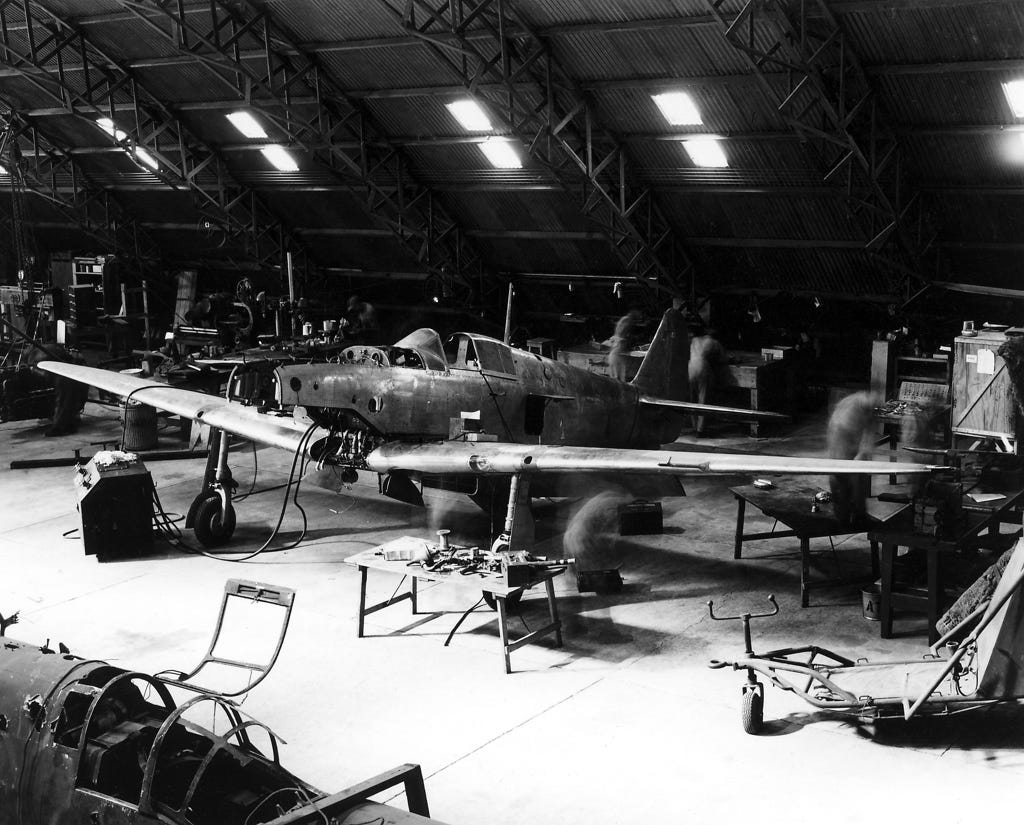
Fastidious to the end, Gessel recorded: “Then we painted it in its Japanese paint scheme complete with the red Jap hinomaru insignia: what we call ‘the meatball’.”
At last, film and photos could be taken in the air from all angles so American pilots could be trained to immediately recognise an approaching Zero.
And that was how, and why, 80 years ago – on Tuesday July 26, 1943, a cool dry winter’s day – the makeshift Zero took off from Eagle Farm with US Captain Bill Farrior at the controls.
Because it was painted in Japanese colours – with large red rising suns on the sides and under each wing -- the lone Zero was accompanied on the test flight over Brisbane by US fighters “to protect it from being shot down by Allied pilots not aware of the testing”.

But Brisbane citizens watching from below didn’t know this as they witnessed the Zero in action above their home town for 30 minutes. That was why they started phoning police and army in a panic.
After that initial flight, to prevent further panic on the ground – and any chance of the Zero being shot down – Gessel’s handiwork on the red meatball was painted over with the American star-and-bar insignia.
During the next six weeks our Brisbane-made Zero completed six flights above the Queensland capital, causing Gessel to write proudly in his diary: “Quite a feat: putting together a mass of shot-up junk.”
Now they could test its capabilities in dog-fights against Allied aircraft.
This was vital because – as Peter C. Smith wrote in his book Mitsubishi Zero: Japan’s Legendary Fighter – up until this Zero was built: “American combat pilots had to learn the attributes of the Zero the hard way … get shot down”.
Mock dog-fights were flown over Brisbane on August 14, 17, and 18.
A report on these dog-fight duels marked TOP SECRET concluded that the Zero was “incredibly more manoeuvrable than the Spitfire at low speeds”; was able to “turn and loop in a smaller radius”; and could “carry out any aerobatic manoeuvres at much lower speeds”.
“The Spitfire was unable to evade the Zero,” the Top-Secret Report revealed.
“Both pilots considered the Spitfire outclassed by the Zero at all heights up to 20,000 feet. The Spitfire does not normally possess any outstanding qualities which permit it to gain an advantage over the Zero in equal circumstances.”
These tests also established that the Zero could climb and turn faster than American fighters.
The Zero was “the lightest, most manoeuvrable, and longest-range single-engine fighter in the world,” the Top-Secret Report said.
But it was established that if the Spitfire maintained a speed above 250 mph and stayed above 20,000 feet it would have an advantage over the Zero.
Meanwhile Gessel and his team in Hangar 7 had established exactly why this was so: the Zero carried much, much less weight.
All the steel ribs and fuselage – the skeleton – had many holes drilled through them to save weight; the wings were one complete piece so that they did not have to be heavily bolted together in the middle; there was effectively “no armour for the pilot or at other critical points of the aircraft”; and the fuel tanks were not lined with self-sealant to prevent fire.
This made the Zero up to 50% lighter.
In fact, when Clyde Gessel tested the “special aluminium armour plating” used on Japanese warplanes, he wrote: “After seeing what our bullets did to this armour plating I believe the Japs used it for psychological purposes.”
This lightness of being meant that, as Peter C. Smith wrote, “the Zero could easily out-manoeuvre any American fighter”.
Not knowing any of this, American flyers had already warned UK Spitfire squadrons that had come to aid Australia: DO NOT DOG-FIGHT THE ZERO!
Adding: “Don’t think that because you could turn inside a German fighter that you can do the same to a Zero.”
Smith writes that the Spitfire had gained “an aura of invincibility in the air” in the Battle of Britain in Europe. However, when 27 Zeros came up against a wing of Spitfires flown by combat-experienced pilots over Darwin “the Zeroes had no losses and Australia lost 14 Spitfires”.
“The conclusion was that the Zero could fly 500 miles to Darwin, defeat the Spitfires, and fly 500 miles back again … dog-fights were suicide against the aerobatic Zero.”
More than a million US servicemen came to Brisbane during World War II ... three times the city’s population. And it was in Brisbane, inside Hangar No. 7 at Eagle Farm, that Japanese air superiority came to an end.
Even the manufacturers’ identification plates – nicknamed “jam tins” – on the wrecked Zeros were a huge help.
These “jam tins” revealed place of manufacture and production number of each plane. So, not only could accurate bombing raids be made on the factories, but if the numbers written on the jam tins didn’t increase for a long period then the Americans knew their bombing raids had been successful.
That Zero was only the first of 30 Japanese aircraft re-built, flown, and forensically examined at Eagle Farm to discover their weaknesses.
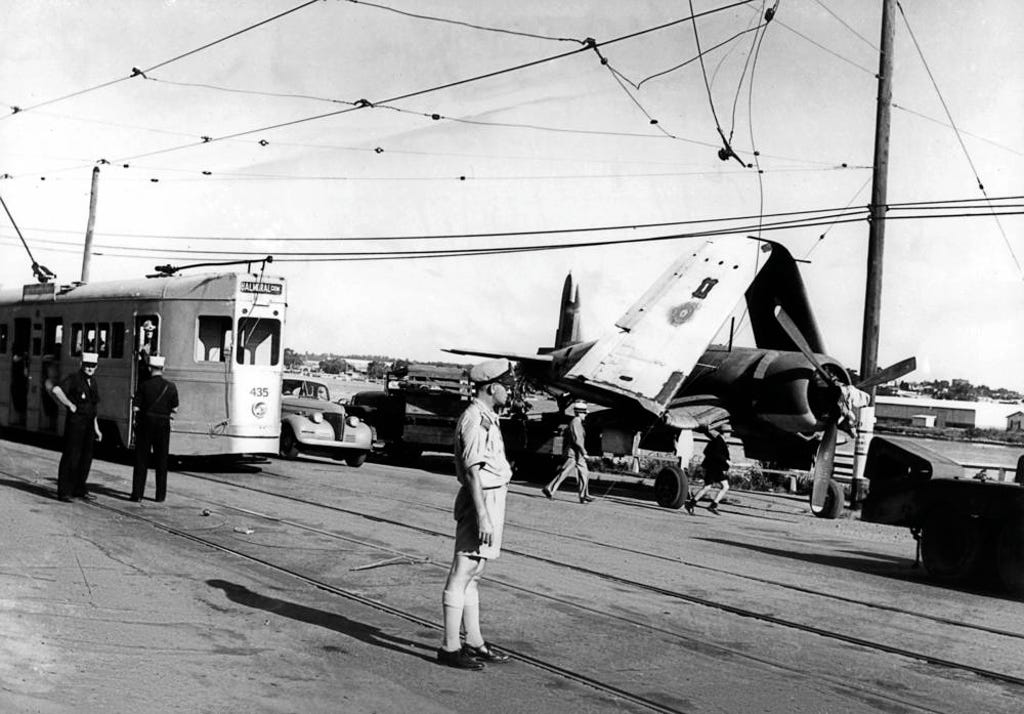
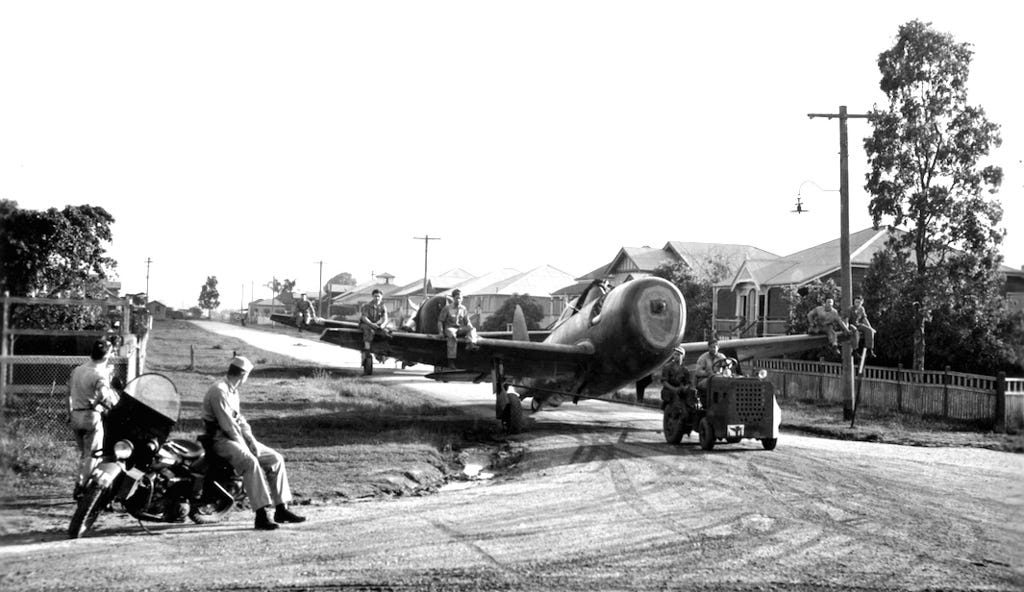
After World War II our Patchwork Zero was forgotten … and no one seems to know where it ended up.
Hangar 7 though, is still here at Eagle Farm, has been maintained, is Heritage Listed … and is waiting … empty.
In 1950 Eagle Farm air field became Brisbane’s Aerodrome for civilian airlines TAA, Qantas and Ansett operating out of the wartime hangars.
In 1988, a soulless glamorous new “Airport” (Brisbane International) was built on an adjacent site closer to Moreton Bay.
This left Eagle Farm – scene of one of the greatest achievements of World War II – 150 hectares of abandoned low-lying land and old hangars (including secret No. 7) just four miles from the city.
The land was stuck between a highway, a train line, and the new airport.
In 2004 Brisbane businessman Bob Tucker bought the site for $43.01 million.
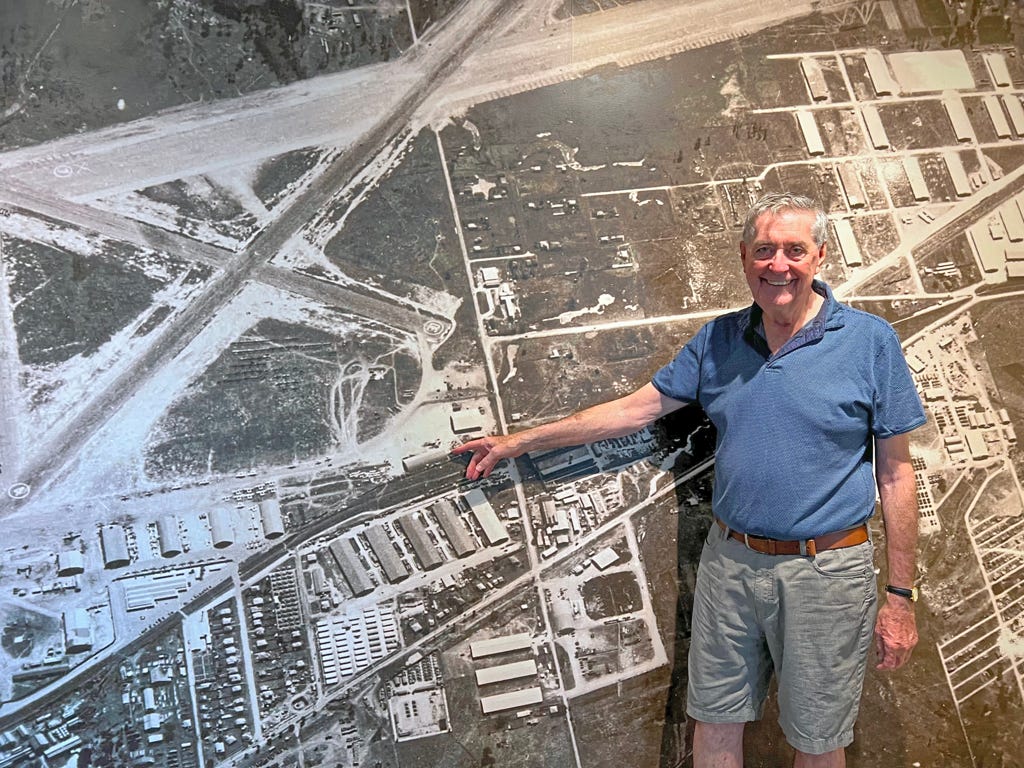
Tucker knew that traffic tunnels were likely to be drilled just a few kilometres away under the centre of Brisbane … and the result would be that millions of tonnes of rock would need a hole to go to.
Preferably close by.
So he generously allowed the drillers to drop off five million tonnes of crushed rock to fill his site.
Meanwhile, Bob Tucker built his own bridge over the Pinkenba rail line to establish what he named “TradeCoast Central” which to date has 40 large industrial warehouses and factories with five more underway … each built to order by Tucker.
Tucker says he likes building warehouses “because industrial customers are sticky tenants”.
Asked for his title in this huge project, Bob Tucker, a man of few words, said, “I’m just the owner.”
It turns out, though, that he had another, more personal, reason for buying the old Eagle Farm Aerodrome. Something to do with not being allowed to read comics when he was a boy in Rockhampton after the War.
“When my brother Ken and I were kids our dad would say ‘No Superman comics for you boys!’ Dad had a huge interest in history so, instead of Batman, we got history and science books.
“Dad subscribed to an English magazine series during World War II which reported weekly on the War in Europe, North Africa and the Pacific and he loved these magazines so much he had them all bound after the War: though he missed two in the series because the boats bringing them out got sunk!
“And we read them all as kids.”
So Bob Tucker was aware of Hangar 7 and the incredible feats that were accomplished under its enormous curved timber struts.
In between building warehouses, he built a Museum with a viewing platform which looks at Hangar 7.
Tucker’s Museum celebrates all that was achieved at Eagle Farm in the War. It tells the legend of Hangar 7 with story-boards, maps, sound archives, photographs, film, and artefacts … including Clyde Gessel’s letter from General MacArthur.
Tucker adds with a wry grin: “And all in an airconditioned environment.”
In the Museum foyer is a huge V-12 1,400 horsepower liquid-cooled American Allison aircraft engine on display in its original testing stand.
Why?
“Because every US fighter plane in the south-west Pacific had that engine.”
On the other side of his Museum, Tucker kept two brick buildings and the concrete “Allison Testing Bed Walls” which from a distance look like large, wide, tall tombstones.
This was where the Allison, and the Brisbane Zero, and other Japanese aircraft engines were cranked up to maximum thrust for testing. I thought these bulwarks must have been for protection from the hot exhaust, but Tucker said: “No, it was to protect the workers if a propeller came off!”
As they roared the engines, the Air Force engineers and mechanics hid behind these concrete fortifications.
The Museum has free entry and, although not publicised, busloads of tourists and people from cruise ships come to see what lengths the Allies went to in order to defeat the mythical Zero – and how important Brisbane was to that effort.
What’s your role at the Museum Bob? I asked.
“I’m The Guide,” said Tucker who, soon to turn 80, shows the busloads around.
“I guess I’m a history groupie.”








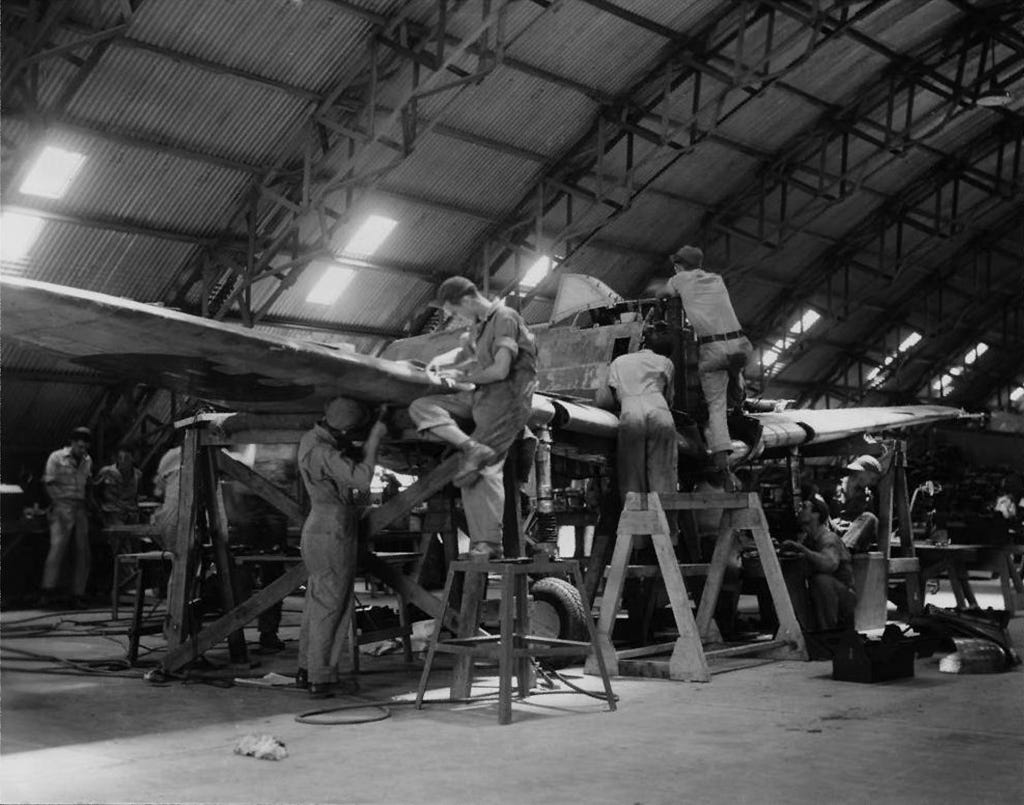

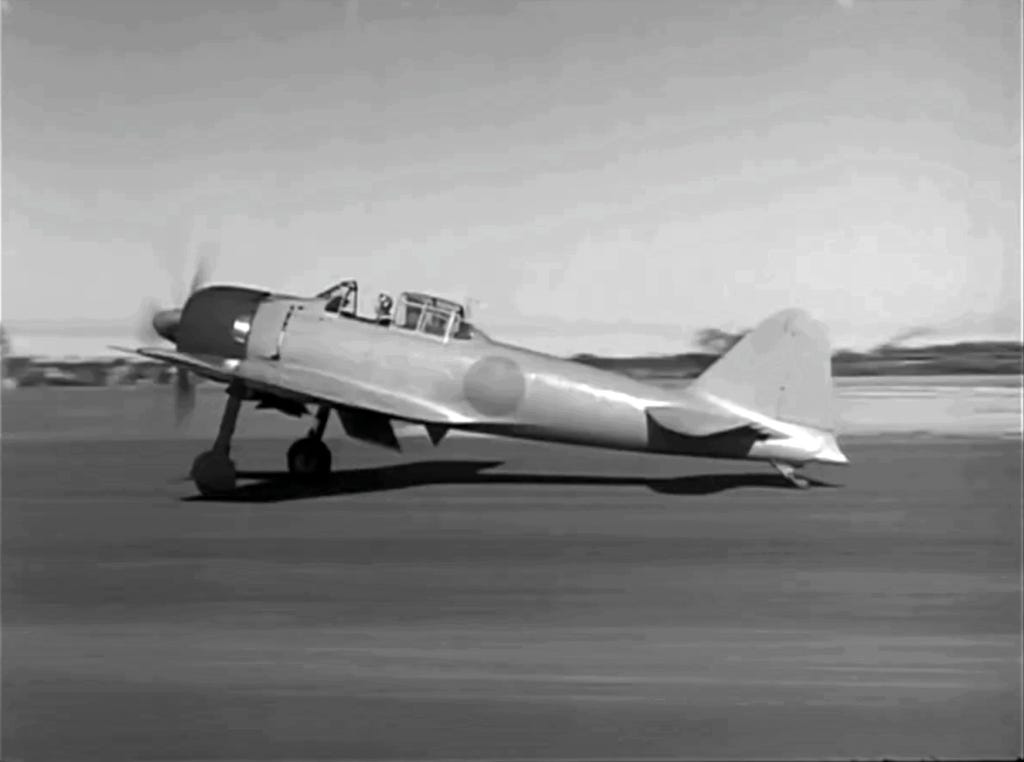
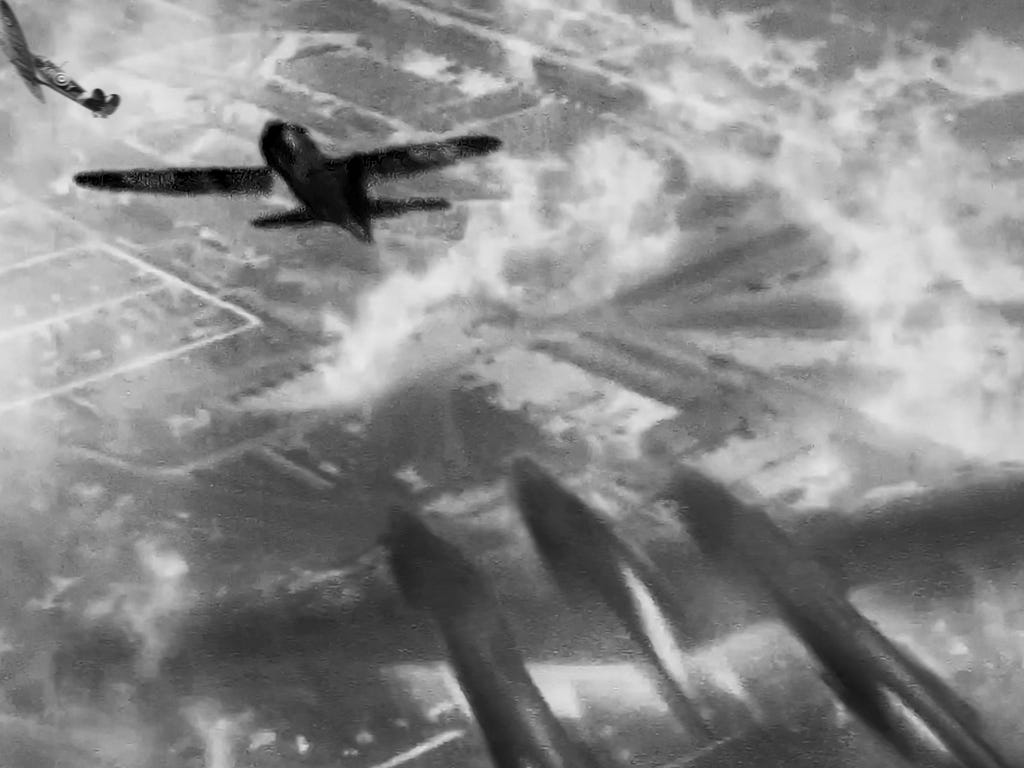
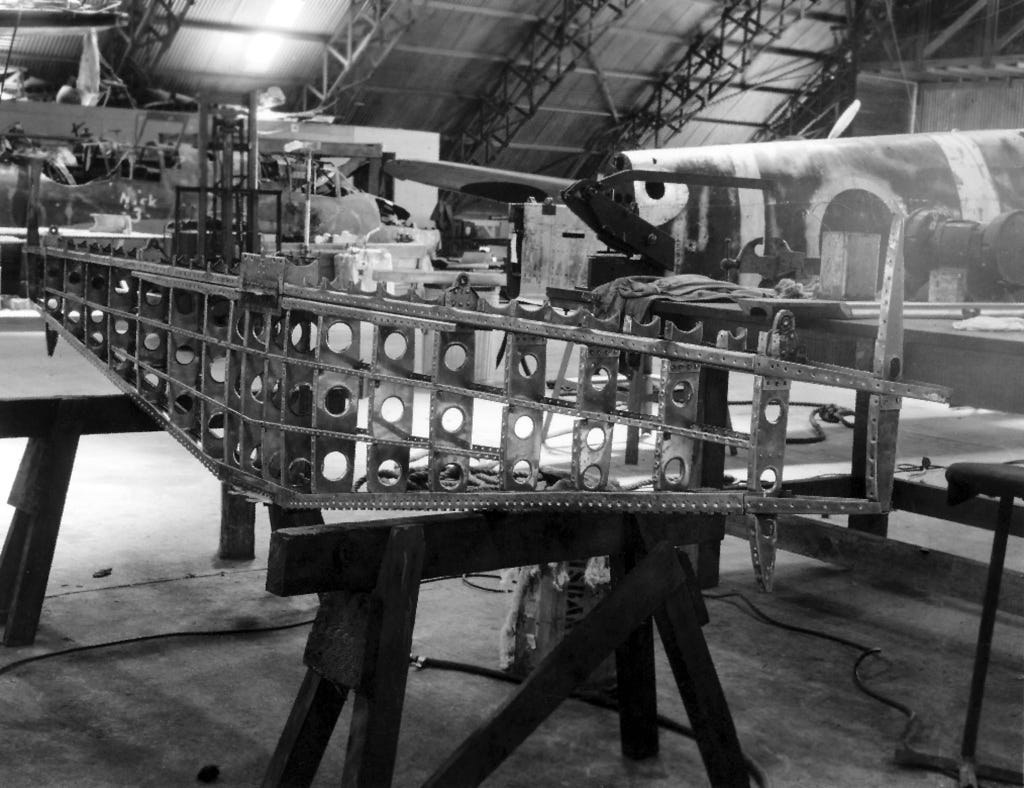
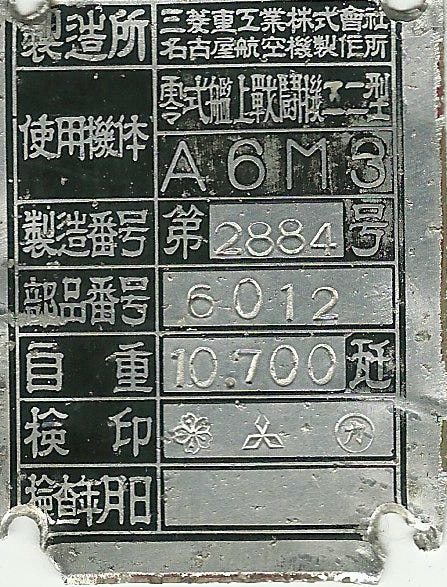


Great story Hugh. I knew a bit about Hangar 7 & the Zero experiments, but didn't know it still survived and can be visited. I'll find out if it's wheelchair friendly & visit there soon. Astute US air commanders, like Claire Chennault of the Flying Tigers, had warned their flyers early in the Pacific War, "never dogfight a Zero. Bounce them, ie dive upon them from above & behind, fire, then dive away before they can respond." These tactics were successful - provided you had a height advantage first.
What a fantastic story! We really have no idea of our own very interesting local history. A cracker of a story!